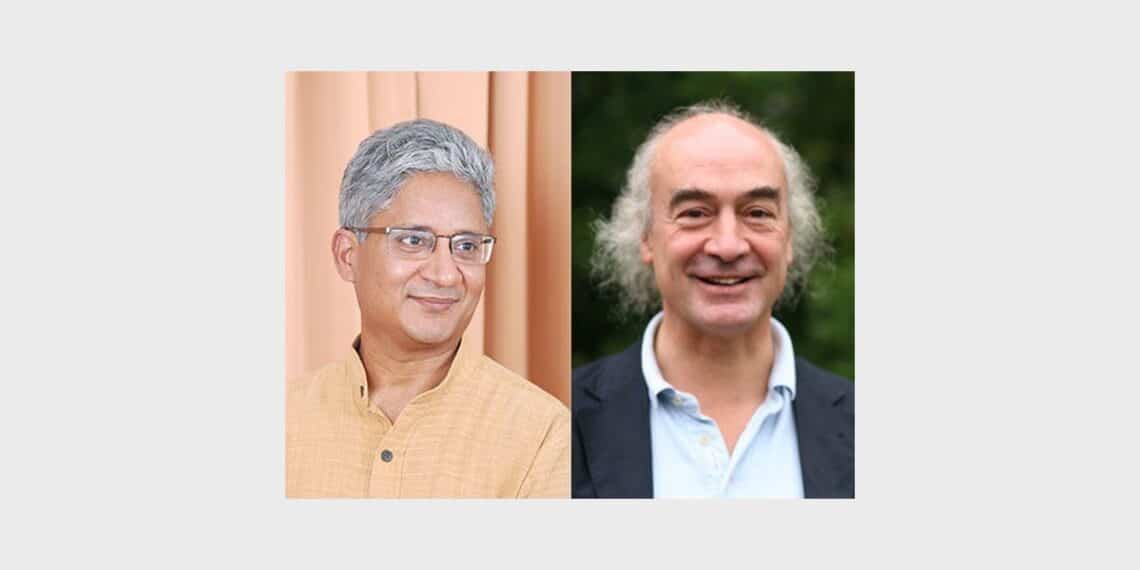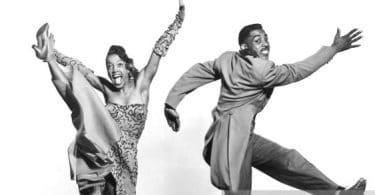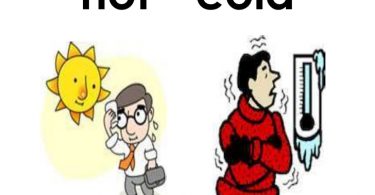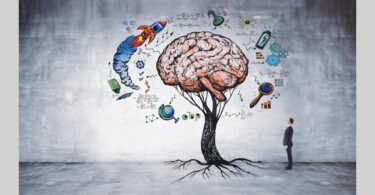Response to Jan Scholten
In several aspects Jan Scholten brought about a quantum leap in the development of homeopathy:
He took a system preformed in nature and analysed it in a systematic way. He elaborated themes for different electronic shells of the Periodic Table and offered a condensed Materia Medica, focused on symptoms, modalities, a type and a psychological constellation of each particular element. So we are able to drop less important or completely inappropriate aspects from the Materia Medica (compare C. Hering). The psychological aspect is the most important and leading issue concerning a remedy (S. Hahnemann, Organon). On the other hand we are also able to quickly understand the core of the patient’s problem by group analysis, comparing one element with the other. This further enables us to understand the Terra Incognita (unproved remedies) here of the Periodic Table.
Touching daily practise, numerous cases can now be easily solved, can be cured in depth, which formerly had no chance to be cured. Hundreds of minerals are offered directly to fit closely to the patient’s constitution and his life-themes.
I myself could never understand why remedies should be discovered step-by-step, by occasion. If this world is a continuum, what it seems to be, the view at the Materia Medica has also come from a central point of view, from “the only one” as a point of reference, details must be related properly (compare D. Bohm).
What G. Galilei did for the heliocentric world view, J. Scholten did for homeopathy: that is, to go away from a narrow perspective of just taking “what we have” to proceed to an abstract point of view from which we look at “that which exists”. Here, Jan brought about a well-ordered classification for homeopathy. So far he has done it for the minerals and is proceeding to investigate the plant kingdom. His work about plants has the same clearness and precision a scientist is able to achieve.
Response to Rajan Sankaran
Above all, I appreciate the investigations of Rajan Sankaran concerning the characters of the kingdoms as well as his insight in the kingdom of the plants. His distinguished investigation of the plants seems to be another quantum leap in homeopathy and I was able to confirm some contents of his suggestions. It is very impressive to observe how hidden messages are condensed in this particular kingdom. He beautifully describes the link to subtle psychic energies working behind the physical appearance.
Allow me to give an example. A case of Lactuca virosa (a boy who buys a python snake and feeds them with mice, he feeds piranhas with goldfish) was solved by Scholten’s precise system concerning the Compositae, whereas a Sarsaparilla-case (symbiosis, mistreating a child, Muenchausen-by-proxi-syndrome) very clearly shows the theme of the Liliaflore and especially the Ringworm miasma, which is strikingly described and categorized by Sankaran.
If Sankaran speaks of the continuum existent in the 7th level, I would suggest not to integrate that “continuum” into the system and not to value it. The continuum cannot be measured but is endless, without limits and has no name, it is beyond the levels, however, within them at the same time.
David Bohm in his book Wholeness and the implicate Order says: “Original and creative insight within the whole field of measure is the action of the immeasurable. For, when such insight occurs, the source cannot be within the ideas already contained in the field of measure, but rather has to be in the immeasurable, which contains the essential formative cause of all that happens in the field of measure”.
————————————————–
About the author:
Dr. Dietmar Payrhuber
Eduard Baumgarthner Str. 8
A-5020 Salzburg
URL: www.payrhuber.at





